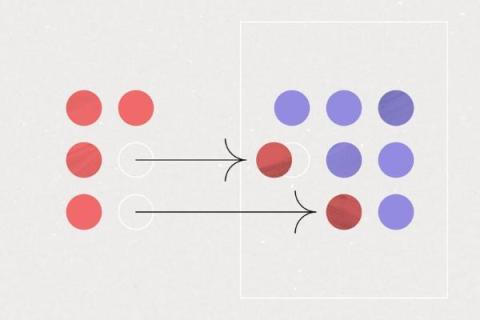What are IT goals and why do they matter?
In information technology (IT), change is constant—which means success hinges on having a strategy that’s as agile as the industry itself. You need a clear plan that aligns with the broader goals of your organization—one that delivers real value to your internal teams and external customers.










